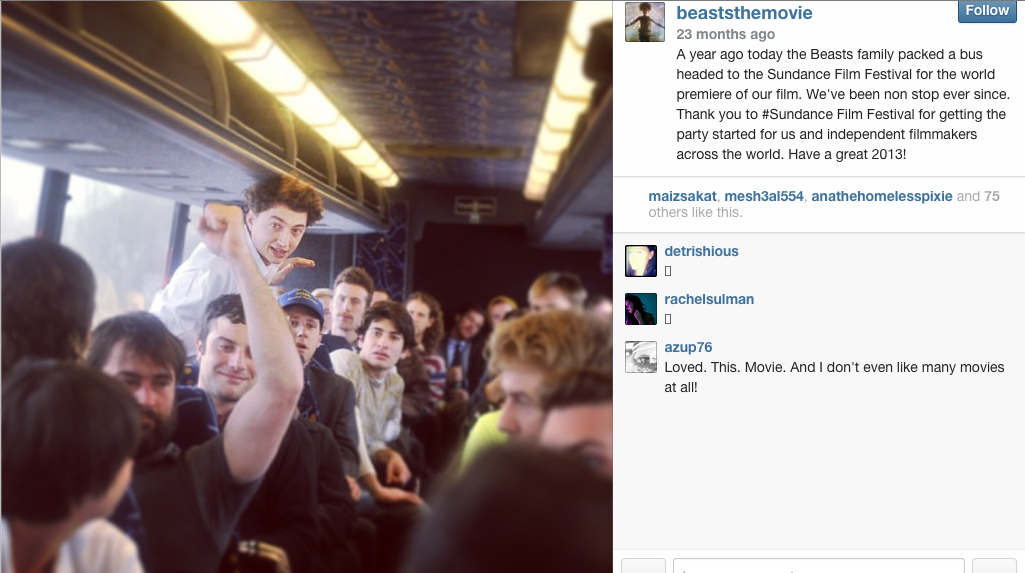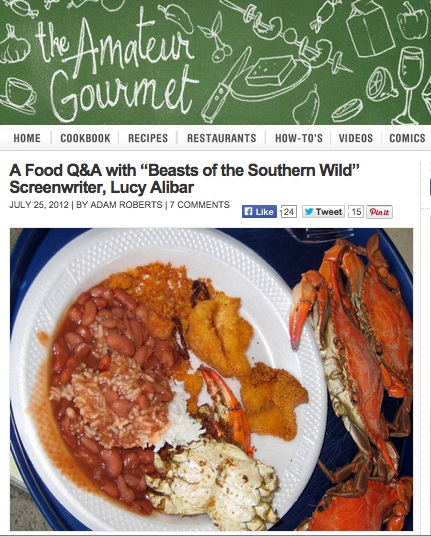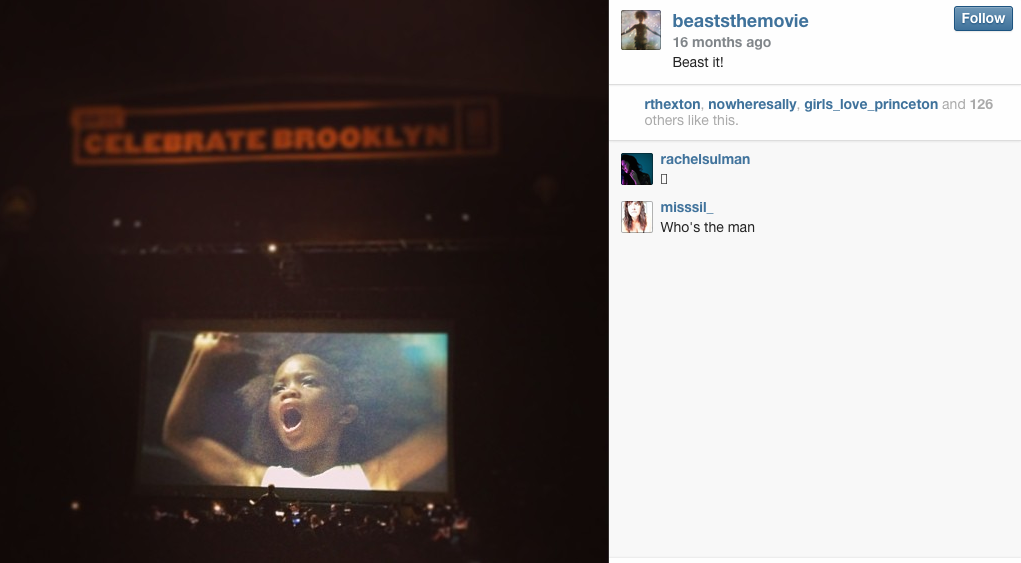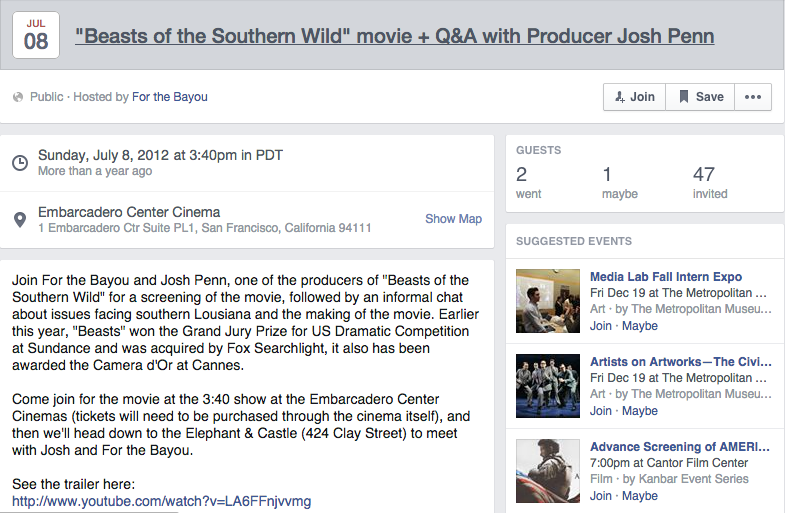Documentary Grassroots Distribution: BROKEN HEART LAND
John Tintori
There tends to be a definition of success surrounding independent film that goes a little like this: make the movie, premiere at a major festival, get picked up by a distributor, move on.
That narrative leaves a lot out, including potential audience members, potential ROI for the filmmakers, potential awareness of or exposure to the film, etc. And it sometimes forgets why filmmakers make films: to share a story, an experience, a perspective. To change minds and touch hearts. Filmmakers have big, beautiful goals for their films and the traditional, festival-driven and broadcast-based model of independent distribution can sometimes undercut those larger goals.
This may be especially true of documentary film, especially given that documentary filmmakers are often personally close to the story they tell, and desire to be close with their audiences as well.
Redefining Success and Finding Your Audience
The filmmakers of BROKEN HEART LAND - co-directors Jeremy Stulberg & Randy Stulberg, and producer Eric Juhola (Tisch's own!) - found success, even where it seemed unlikely, by bringing their film - a story about a conservative Oklahoma family dealing with the aftermath of their gay teenage son's suicide, learning that he was HIV positive, and the community's divided reactions - to the communities who wanted and needed to see it via a screening tour.
Jeremy's recounted their experience for Indiewire, which you should read in full, but here are some of the highlights/steps in the grassroots direction he notes:
1. Decide to Tour. This is a documentary tradition, and one that should be embraced! See also: A TIME FOR BURNING (Bill Jersey, 1967).
2. Get help to access your audience and develop partnerships - an impact strategist is a good person to know.
3. Do your research: where is the central issue explored by your film most prevalent? Who is most concerned about the topic you address in your film?
4. Partner with aligned organizations who a) serve that concerned population already and b) will promote your film as an excellent communication of their cause/ideals.
5. Be open-minded. Jeremy writes of his unlikely audience: "...most of the conservative people I met was that they weren't guided by hate, but rather they were misguided by love. It's a very subtle distinction, but one that I think makes all the difference when trying to build bridges between communities."
6. Communicate. You made your film to say something, right? Engage in a dialogue with your audience and make them advocates.
7. Be willing to take the film where it needs to go. BROKEN HEART LAND was screened for policy makers and teachers - two majorly influential audiences who have the capacity to amplify the film's message beyond the filmmakers' screening tour or post-screening discussions.
8. Stay in touch when you're off the beaten path. Maintain a website and a newsletter that will continue to engage your advocate audience, and your film (and career) will continue to flourish.
Jeremy's expert grassroots plug from the Indiewire article:
To read more about our impact campaign and to see how you can get involved or donate, please see our latest newsletter here. Visit our website to learn more and to see if the film is coming to an area near you.
And a final word from the author:
When we started making the film back in 2010, we had no idea that we'd be orchestrating a screening tour as a means of distributing "Broken Heart Land." We thought we would follow the more traditional path that independent documentary filmmakers travel: from festival to festival with a theatrical and/or broadcast as the final moment for the film. In fact, we've learned that each film is different. For "Broken Heart Land," it was the opposite. The broadcast was the kickoff for a longer, deeply affecting tour, which will hopefully continue to stay relevant for some time to come.
Through the experience, we've been able to redefine success. We learned that targeted reach can lead to deeper and more meaningful impact. We want to continue to bring this film to more communities in other Bible Belt and heartland states as well. We know that there are so many communities that need to see the film, and we want to continue to use it to spark discussion and make change throughout the country. It's been a unconventional trip, to say the least, but if I learned anything from those car trips with my family back in the day, it's that sometimes going off the beaten path can be incredibly rewarding.










































